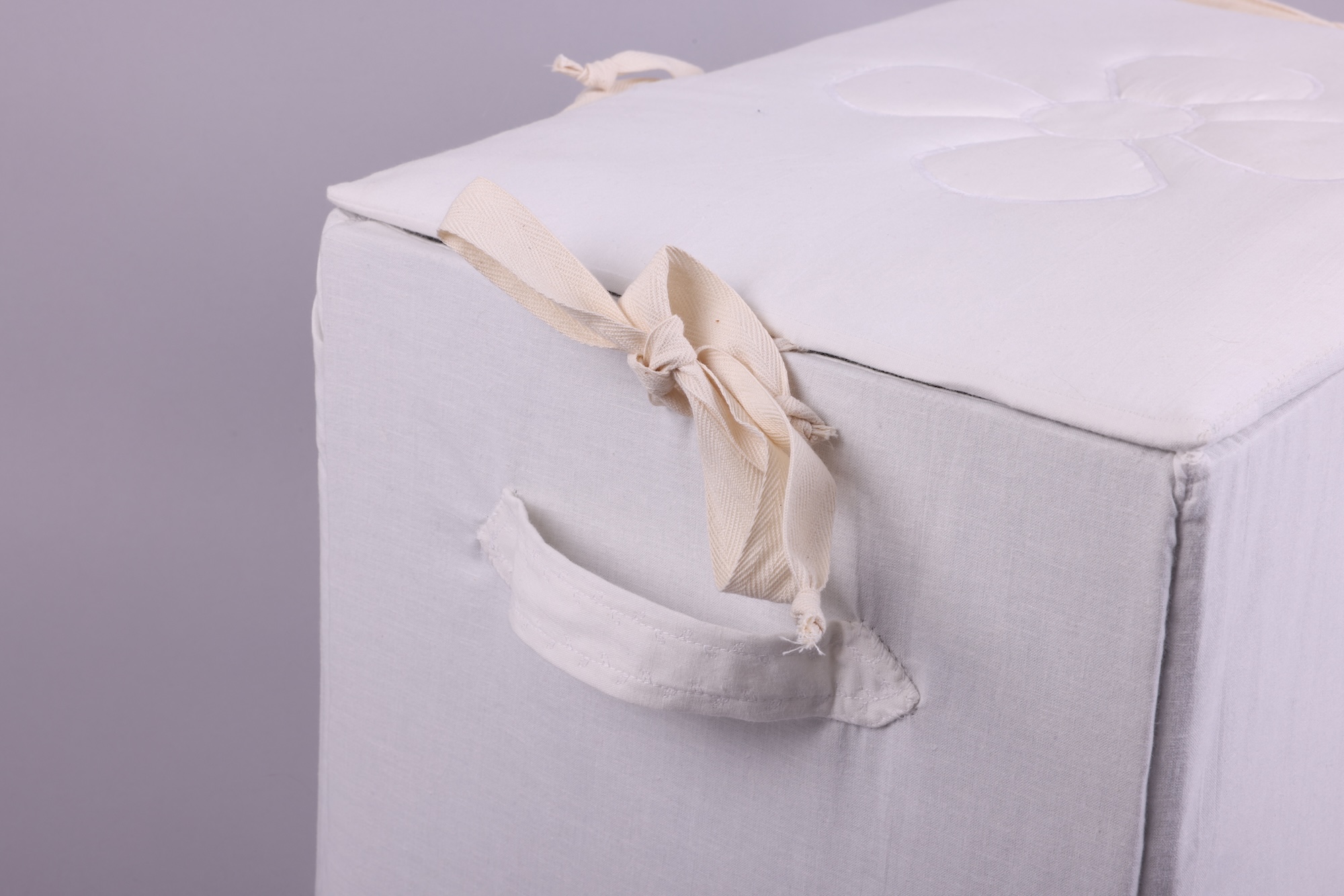Agnes Reimagined includes the museum’s first-ever Indigenous self-determination spaces for proper ceremony, care and access by Indigenous communities to their ancestors currently residing here. Integral in our ability to care for ancestors (referred to as “objects” or “artifacts” by Western museology) is providing an environment that refrains from a constant objectification and display for the benefit of a Western gaze, as is the case, for instance, with visible storage design. Rather, we take this prompt by Indigenous Elders, knowledge keepers, curators, artists and scholars who are part of our growing community of teachers to provide a means for Indigenous ancestors to rest peacefully. Developing from the idea of facilitating ancestors peaceful rest in the afterlife, we have invited Anishinaabe Elder, Deb St. Amant, to redesign new homes for the Anishinaabe ancestors informed by teachings on caring for giimiinigōwizinan (sacred bundles).
“Through this initial project in prototyping Anishinaabe bundles, we plan to present this nation-specific approach to (re)modeling and (re)homing Indigenous ancestors from other locations on Turtle Island but also to African, Australian, and Oceanic communities, says Sebastian De Line, Associate Curator, Care and Relations. “We consider Anishinaabe bundle making as a form of hospitality to ancestors but understand that each community has different ways of knowing and living.” This pilot is the beginning of an ongoing and long-term project of dialogue, relationship building and community consultation.
Supported by the Elizabeth L. Gordon Development Grant.

A display of materials used to make the collections care bundles. Photo Bernard Clark.

A handmade Anishinaabe box made out of naturally dyed white fabric housing a an ancestor (birch bark basket) inspired by sacred bundle teachings. Detail of fastenings. Designed and made by Deb and Charlotte St. Amant. Photo: Bernard Clark